The author believes that the major focus of the comfort women issue is whether the Japanese government/the Imperial Army of Japan exercised the public authority of the state or violence in order to forcibly employ young women and girls to work at campsite brothels commonly called "ianjo" (comfort station).
Nobody denies the fact that there were comfort women and comfort stations. Both of them existed to provide sexual services for the Japanese Imperial Army. Tacit approval of their existence is nothing new, since the army, any army, is comprised of young males at their peak of physical strength and sexual desire. For example, the U.S 8th Army (led by General Eichelberger) was the occupation force first landed on Japan after WWII. It was comprised of 240,000 men.
Just imagine that the huge number of young males who had just gone through the bullet-flying battles in the Philippines a few weeks before landed on the port of Yokohama and lived in a tight formation ready for any battles ahead. As the army needed sexual services, it created special profession for girls called pan-pan. At peak time, the number of pan-pan girls reached 35,000. The local history records many rape cases such as the raid on a dormitory of hospital nurses and random pick-up of girls who came out to see jeeps on a street. To avoid the tragedy, the General Headquarters of the U.S Army demanded Japan to create comfort stations such as Yasu-ura House in todayfs U.S Navy base at Yokosuka.
|
US occupation force marching on the street of Yokohama in 1945 |
US Servicemen taking rest with comfort girls called pan-pan at Yasu-ura House |
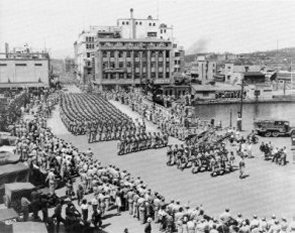 |
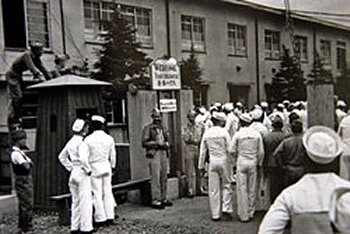 |
Another example is the gTexas Villageh in Seoul, the famous brothel-encroached area used by the US-led Coalition Army during the Korean War.
Some researchers say it is completely rational and reasonable that the Army provides sexual services for men who perform life-or-death obligations for the country and thereby protects the safety of non-professional ordinary female citizens.
So the main focus of the problem is whether there was coercion or not, coercion by Japanese authority such as follows.
The treaty of 1965 signed by both governments of Korea and Japan clearly states that any and all claims and complaints were gfinally and completelyh settled between the parties. However, regardless of whether such claims or complaints were raised by the Korean government or the individual South Koreans, it seems that the Korean Government continues to use this issue as diplomatic manipulation or smear-campaign against Japan and the Japanese people.
At the forefront of this manipulation and smear-campaign are anti-Japan activists in South Korea and former comfort women including Ok-sun Lee, who visited the NY Holocaust Center in July 2013 and demands formal apology and compensation from the Japanese Government as a victim of Japanfs wartime atrocities.
Is Ok-sun Lee truly a victim of Japanfs wartime atrocities? The author discusses the matter in this webpage.

To the best of my knowledge, Ok-sun Lee first appeared in a written material titled gNanum Sharing House History Handbookh published in 2002 by Kashiwa Shobo K.K. The book introduces the life of Ok-sun Lee as follows (translation is by the author):
She was born in Pusan on October 10, 1927 (1928 for the domicile record) as the second child of 6 children. Father was a day laborer and Mother was doing a menial job. Since the family was living from hand-to-mouth, getting formal education was unthinkable. However, her zeal for learning was so strong that, when she reached the age of 12, she began to beg her parents to let her go to school. Every time she begged, she was beaten.
In the spring of 1940, when she was 14 years-old, She was told that there was a job offer (1*) that would let her make good money and go to school. Then she was sold to the owner of a bar on the waterfront area of Pusan as the foster daughter of the bar owner. She worked at the bar for about half a year but finally ran away since her life was filled with toil day after day and the bar owner did not let her go to school. She was captured on the run and sold to a bar in Ulsan (2*).
One day, in the late-afternoon of mid July, 1942, when she was sent on an errand, two Korean men grabbed her on a street (3*). She was brought to the Higashi Airfield of Japanese Air Force Unit in Yanji, China. She worked as a handmaid for about a year at the airfield and during the time she was raped on a daily basis.
After that, all the women she lived with were sent to a Comfort Station located in the city of Yanji. She spent for about three years in that Comfort Station as a comfort woman. The space of the Comfort Station was so narrow for 10 or more of the women moved there that a couple of women shared the same room. At first, straw mats were laid for mating in the garden of the Army Unit. At times, the army men suddenly burst into the room and raped the women like beasts without caring for the eyes of their colleagues who stood by the scene. In that Comfort Station, no condoms were allowed to use and there was no medical inspection for venereal diseases. She heard a story of a woman who had become pregnant and given birth a child and the Japanese Army men took the child away.
A short time later, a new building was constructed for the Comfort Station and the women moved there. In that new building, one room was allocated for each woman and a group of army medical officers visited once a week for inspection of venereal diseases.
She was infected with syphilis. Because No.606 medical injection was unable to cure the disease the manager applied liquid silver directly to her body. This application cured the disease but made her infertile. Medical check-ups and therapies were available for free only for venereal diseases and no such care was given for other types of diseases.
One day, when she was sent on an errand, a Korean police officer beat her so hard that her ear membrane was injured. It was a terrible injury having discharge of pus. As she was unable to receive medical treatments she cannot hear well even today.
She experienced her first menstruation at the age of 16 at the Comfort Station. As it was mandatory to have sex with army men even during the period, she received about 25 army men at weekends.
When the war was over, the owner of the Comfort Station ran away into hiding leaving the women in the mountain area and therefore the women went out into the city. Nobody had a job for living and the food was scarce. In a sheer poverty, she met a Korean man who cane to work at the Higashi Airfield as a captain of the Volunteer Workforce and married him. In the meantime, the fact that he had cooperated for Japanfs war effort as a captain of the Volunteer Workforce became a concern for occupied forces and he ran away for Korea alone. After she lived with his family for 10 years, she re-married another man as so recommended by her mother-in-law. She raised the kids of the husband who was suffering from gout playing the role of the major breadwinner of the family up until the time she returned to Korea.
At the end of 1999, after the man died, she determined to return to Korea. On June 1, 2000, she visited the Nanum Sharing House together with another halmoni gChi Do-rih in order to live in the House. She acts wisely like a matured person and she is always considerate to others. Halmoni Kim Koon-ja is her best friend and they go to church together joyfully like true sisters. It seems her enthusiasm for learning never diminish over the long years as you can often observe her reading of the bible and novels wearing a pair of thick glasses.
|
Notes
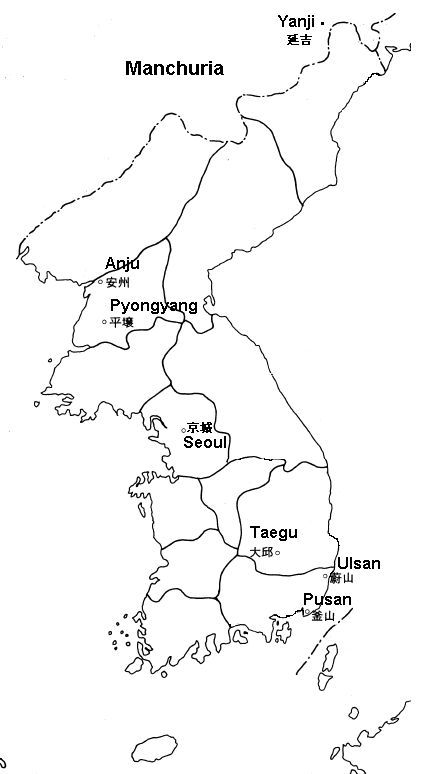 |
(1*)
Another source (the testimony of Ok-sun Lee written in the official Homepage of Nanum Sharing House) says, gOne day, Mother called me and said; there is an Udon Noodle Restaurant near to the Pusan Railway Station and the restaurant owner has no daughter. He wants a foster daughter. He said he would provide the daughter as much food as she wants and let her go to school. Will you go there? I accepted but the whole story was a lie. I was told to work menial jobs day after day and entertain drunken customers. I was not allowed to go to school. I ran away twice but was captured and beaten. He sold me to another owner of a bar.h
(2*)
The above source says; gThe bar was actually an okiya (geisha house/liaison office).
(3*)
The above source says; gtwo fat Koreans, who looked in their 40s, grabbed me to put in a truck forcibly. When the truck arrived at the Ulsan Railway Station, 15 or so other women were also brought there. We were confined in a freight car.h
|

[Authorfs Obsevation and Remarks]
According to the above description, Ok-sun Leefs place of residence changes as follows:
(1) Her home in Pusan
(2) Hostess bar/restaurant in Pusan
(3) Hostess bar/okiya in Ulsan
(4) Comfort station in Higashi Airfield in Yanji, Manchuria
(5) Comfort station in the city of Yanji
(6) Married a captain of the Volunteer Workforce and lived with his family
(7) Re-married another man and lived wih him
(8) After he died, she returned to Korea in 1999
and visited Nanum Sharing House in 2000
(9) She now lives in the Nanum Sharing House in Korea
The location changes occurred due to the following reasons.
- (1)¨(2)
- Her Mother told her a lie and sold her to the bar owner.
- (2)¨(3)
- The owner of the bar in Pusan sold her to the owner of a bar in Ulsan.
- (3)¨(4)
- gTwo fat Korean menh grabbed her to put in the truck to bring her to the comfort station of the Higashi Airfield in Yanji.
- (4)¨(5)
- Moved to the place with other women at the bidding of the comfort station manager
- (5)¨(6)
- Married
- (6)¨(7)
- Re-married
- (7)¨(8)
- She decided to return to Korea.
- (8)¨(9)
- She wanted to live there.
So, from (1) to (4), was there any coercion, use of force, kidnapping or abduction by the Imperial Japanese Army?
The key to the question is who got money by selling her. They were her parents, the Pusan bar owner and the Ulsan bar owner. All grown-ups around the girl Ok-sun Lee were Koreans! They conspired to sell her to the hostess bars and then comfort stations.
There was use of force but it was rendered by the Koreans. She was taken away while walking on a street of Ulsan on an errand but it must have been a part of machination of the Ulsan bar owner.
Recently now halmoni Ok-sun Lee told a sharing house visitor gMy young days were made shambles. Those young days never come back. So I want apology and compensation from the Japanese Government.h She participates in Wednesday protests conducted every week before the Japanfs embassy in Seoul, demanding formal apology and compensation by the Japanese Government.
Wait a second please, Ms. Ok-sun Lee. Your coming to Yanji is not the fault of Japan's authority or military. Before you blame Japan, you have to ask who got money by selling you.
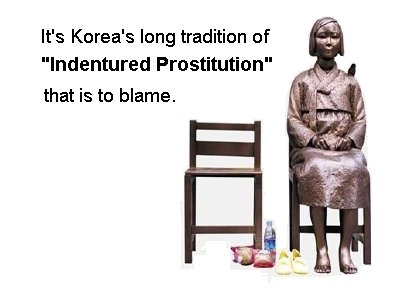 |
In fact, the survivorsf testimonials amply illustrate that during the war Korean men and women actively collaborated in the recruitment of young compatriots to service the Japanese military and also ran comfort stations.
---Sarah Soh, gThe Comfort Womenh
|
Ifm sorry for your miserable life but the common sense tells that YOU ARE NOT ENTITLED TO FORMAL APOLOGY AND COMPENSATION BY THE JAPANESE GOVERNMENT. You are angry with wrong persons. Period!
|
At the Holocaust Center in New York and in Germany, Ok-sun Lee declared that the comfort station was like a slaughterhouse. Slaughterhouse?? Who is behind her and trying to create an impression that sexual services by paid prostitutes are equal to mass murders of the Holocaust ?
|
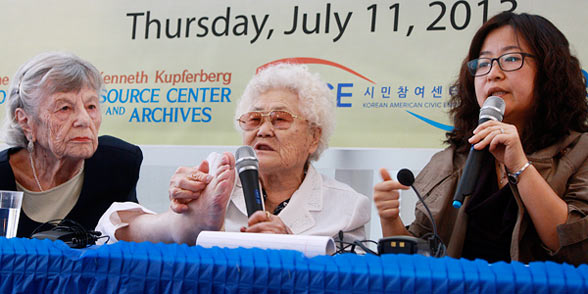 |
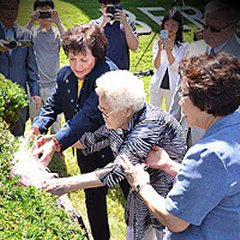 |
Ok-sun Lee visits Palisades Park, Bergen County, NJ.
Are they conscious that they are distorting the history and participating in the smear campaign that sparked outrage among the Japanese?
|
Jesus Christ said: gAll right, but let the one who has never sinned throw the first stone!h
Gospel of John 8:7
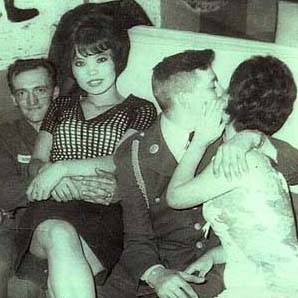 |
Korean girls entertaining United Nations Army Officers during the Korean War |
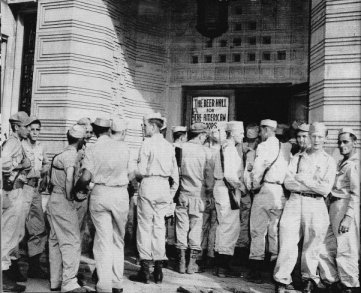 |
The Ginza Beer Hall prepared by RAA during Japanfs Occupation. RAA stands for Recreation and Amusement Association, an organization aiming to provide pan-pan prostitutes for US Army servicemen. This organization was created because there were 1,336 rape cases reported in the Kanagawa Prefecture alone in the first 10 days of occupation (There were 37,000 rape cases reported all over Japan in the first three months.) The poster is the Beer Hall but you can easily guess what services were actually provided inside. The business of RAA was called gBreakwater of Sexh for protection of ordinary female citizens.)
|
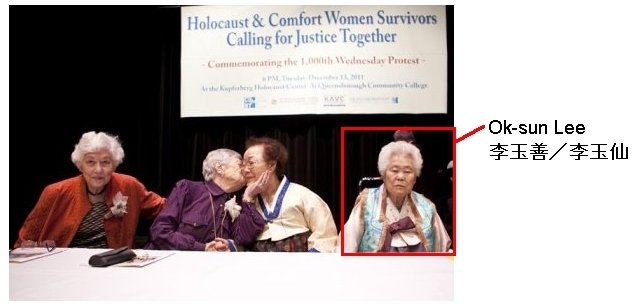



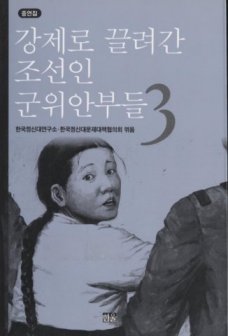
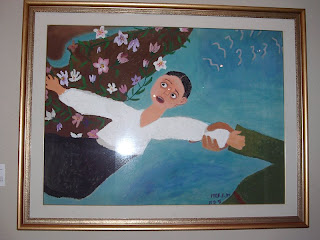
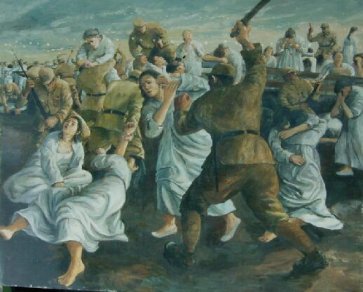

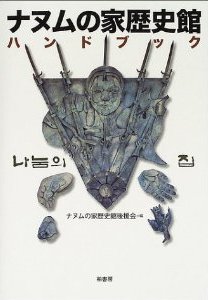








 To Top
To Top To Home
To Home